
NSSL/CIMMS researchers have developed a novel ground clutter filter that was just endorsed by the NEXRAD Technical Advisory Committee for an engineering evaluation by the NWS Radar Operations Center.

NSSL/CIMMS researchers have developed a novel ground clutter filter that was just endorsed by the NEXRAD Technical Advisory Committee for an engineering evaluation by the NWS Radar Operations Center.
Dual-polarized weather radar can estimate the number of bats in a swarm similar to the way it can estimate the number of raindrops in a cloud.
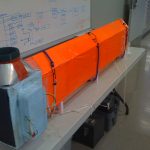
With calls for his launch teams to report to the vehicle bay late at night to intercept approaching storms, it has been hard to tell Dave is trying to retire.
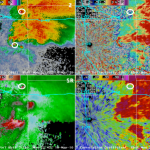
Recent analysis of data from NOAA NSSL’s prototype dual-polarization radar during a significant tornado outbreak in central Oklahoma this past spring showed debris from a damaging tornado. This critical information can help a forecaster confirm…
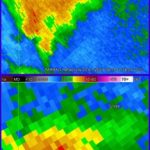
Subtle features in thunderstorms captured by rapid scanning phased array radar could alert forecasters to the potential of severe weather.

The American Red Cross of Central Oklahoma is using a suite of tools developed by NSSL to revolutionize the disaster assessment process following severe weather.
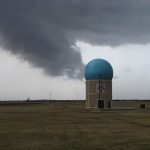
A team of NSSL/CIMMS scientists were awarded the prestigious Professor Dr. Vilho Vaisala Award for their Outstanding Research Paper, “Rapid Sampling of Severe Storms by the National Weather Radar Testbed Phased Array Radar.”

Environment Canada scientists visited NSSL on June 7 and 8 to learn more about dual-polarization research in preparation for the dual-polarimetric upgrade to their weather radar network.
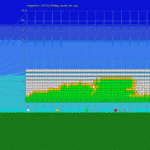
Focused observations of storms lead to faster updates since the radar does not waste time scanning clear-air regions.
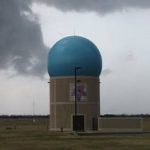
NSSL will conduct the first experiment to directly compare how forecasters issue warnings based on data provided at current radar update rates, with warnings issued based on faster data updates provided by Phased Array Radar (PAR).